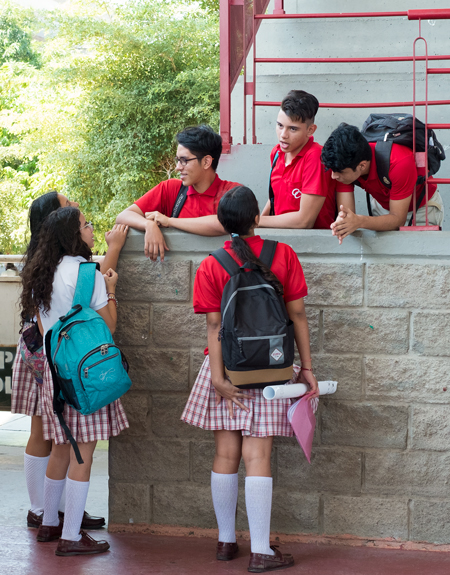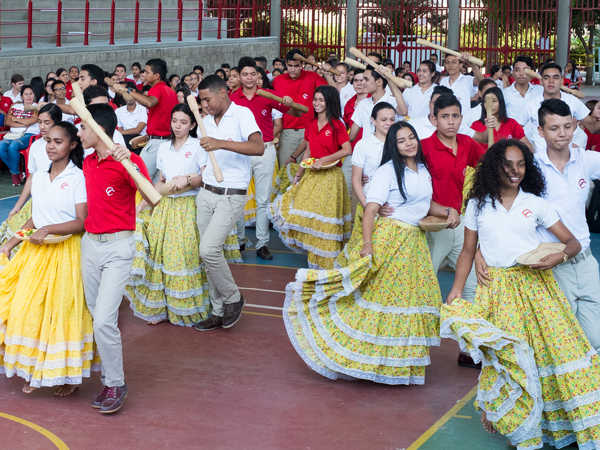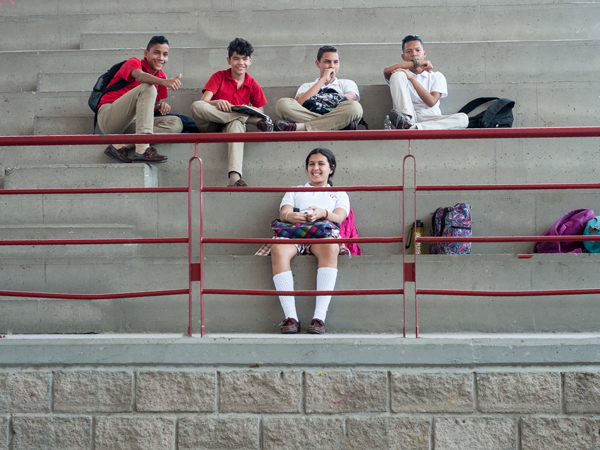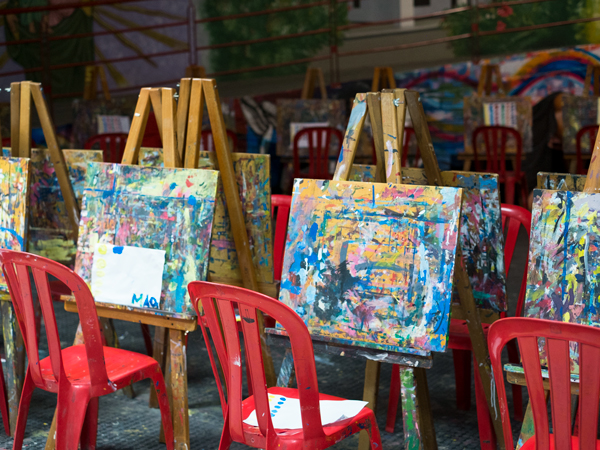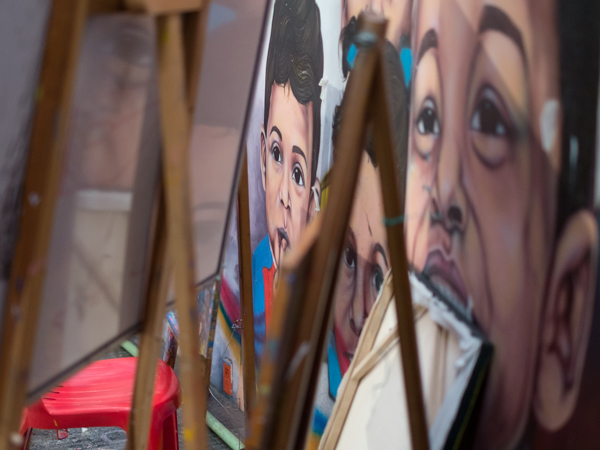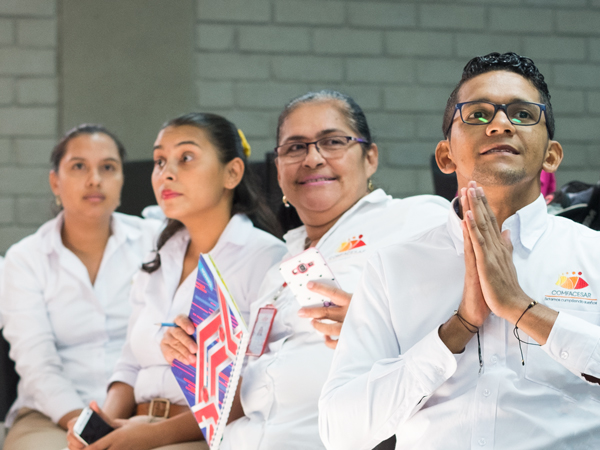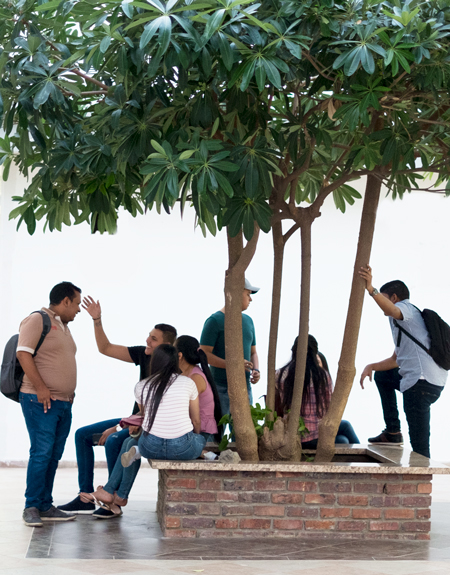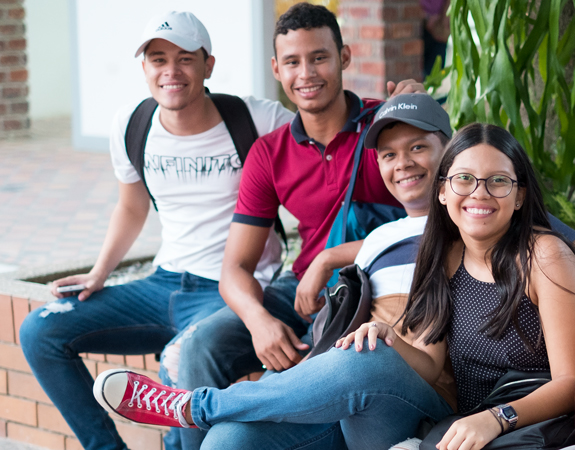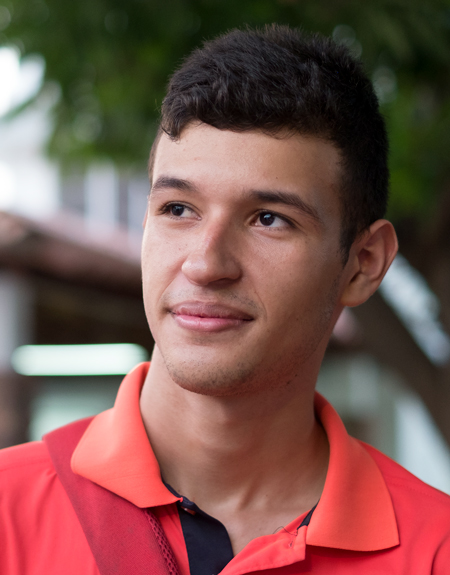Valledupar,part 2
Valledupar is a city in Colombia, in South America. It is inland from the Caribbean coast, but in the same area as Cartagena and Barranquilla. Valledupar is located in the same part of Colombia that was the home of Gabriel García Márquez, so it is a magical region for those of us who are fans of his writings.
In early 2019 I was there with Daniel Chaboya and Pam Chew. They are both employed at Tulsa Community College; Daniel is the English as a Second Language Director and Pam is Associate Professor of ESL and Foreign Languages. They helped my Center with a project I had started several years ago in the Garífuna community in Honduras, and now they asked me to join them in the Tulsa Intercultural Association’s bilingualism project that they were launching in Valledupar.
The project involves working with staff, faculty, and students in K-12 grades, as well as at the university level. The local organization with which we are partnering is COMFACESAR, a large semi-governmental non-profit organization that is involved in many aspects of the community, but especially in education. The funding for the project comes from COMFACESAR, from a local organization Tulsa Intercultural Association, and through some travel support provided by Tulsa Community College and the University of Oklahoma.
Daniel and Pam both teach English as a second language, and they are experts at it. I am not, and my participation in the program was primarily directed to some lectures I gave at two different universities in the city, as well as other supportive activities in which I participated at the K-12 schools. The purpose of the project is to share ideas and techniques for language learning and intercultural competence, it is not too tell the local teachers how they ought to do things. They know how to fit their teaching style to local needs, but for any of us it is often helpful to have exposure to other concepts for how to do things.
These "field notes" are not about our project, however. These notes are written simply to provide some sense of the flavor and character of Valledupar, and to share what I saw. Valledupar is a very different world, and we in American can benefit from looking at other examples of how people live.
Valledupar feels like a small town, but it's population is actually equal to Tulsa’s. A city center that feels like a small town in the middle of a medium-sized city is not unusual to find in South America. Even Mexico City, one of the world's biggest metropolises, does not feel huge when you are downtown.
We had the good fortune to be right downtown, and it was a pleasant and walkable neighborhood where we stayed. The hotel was really more of a guesthouse, and was located in a historic one-story mansion. Like most Hispanic culture buildings, it was built with a strong integration with the outdoors on the interior, but with limited openness to the street. There were sitting areas under the shade trees in the courtyard. Breakfast was served under the bougainvilleas. The whole design promoted a friendly and social atmosphere.
The same kind of architectural adjustment to the local climate that we saw in the old mansion where we stayed was also visible in the schools and the universities that we visited. Everything was designed to promote the free flow of air and to create a natural environment. It made them very comfortable and welcoming places that differ from the office block kind of architecture typical of many newer campus buildings in Oklahoma. It is interesting how campus building built before World War II were people friendly, so we knew how to do this, but afterwards we abandoned the humanistic style in favor of colder and less welcoming designs.
Although the universities that we visited were in buildings that were old and traditional in design, the actual auditoriums and classrooms were quite modern. The main K-12 campus where I spent time had this open air feel, but the buildings were new and well-maintained. They compare favorably with school facilities in the Tulsa Metro area.
Valledupar is a city that is alive with the arts. One evening we attended a poetry reading in a large courtyard attached to a downtown bar. There was a big crowd of poetry enthusiasts, and a lot of participation. The city is mainly known for its annual festival of regional music, the Vallenato, however. The event draws huge crowds each year. We spent an afternoon in a museum of Vallenato music, and returned in the evening to meet with leaders of the arts community in Valledupar. This was held, like so many things we attended, in an open courtyard that was part of the museum. We were impressed by the vibrancy of the intellectual life of the community.
 Prof. Rodger Randle
Prof. Rodger Randle
Director, OU Center for Studies in Democracy and Culture
To visit the main collection for Valledupar (The Arts, City Life, and The Water), click here.


